The Digital Transformation of Patients – Update from Rock Health and Stanford
Health Populi
MARCH 2, 2021
The coronavirus pandemic accelerated digital transformation of organizations, including health care providers. The first chart illustrates consumers’ use of digital health tools, showing that online health information and online provider reviews. Health Populi’s Hot Points: Digital health tools generate data.

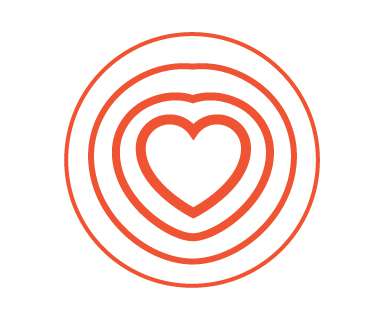
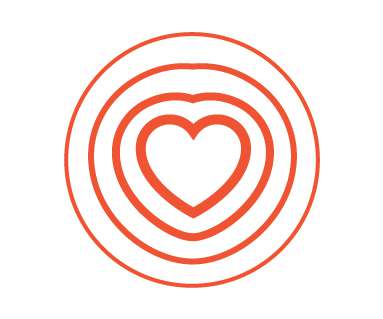
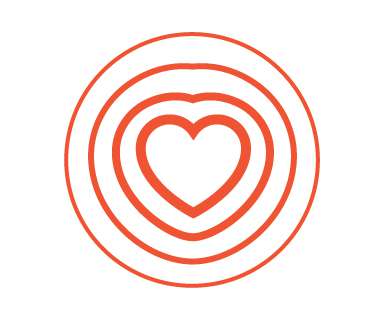
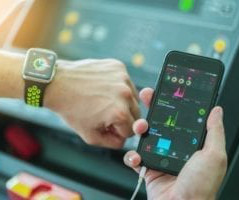






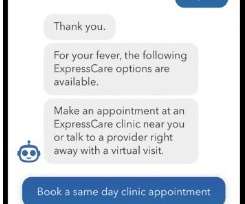
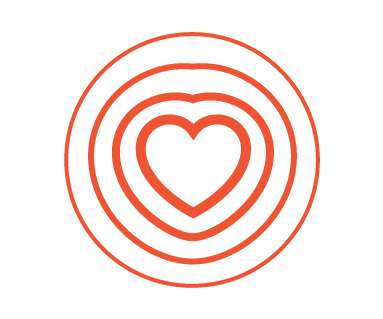


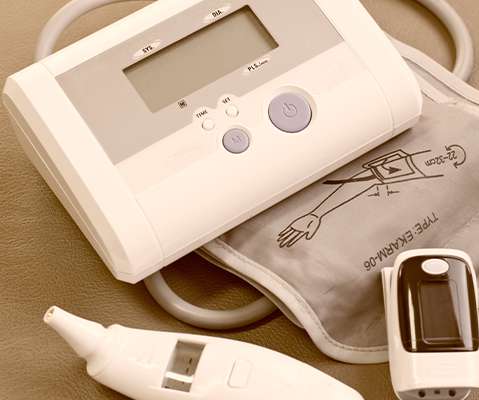
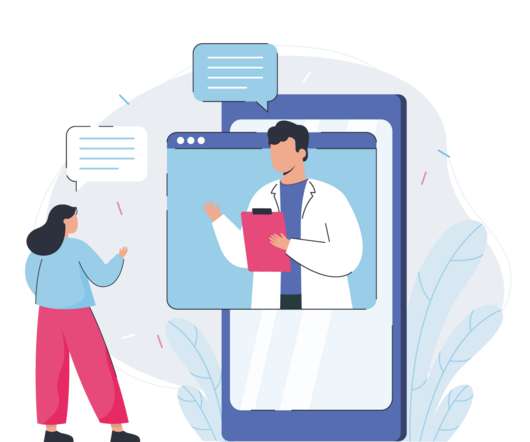







Let's personalize your content